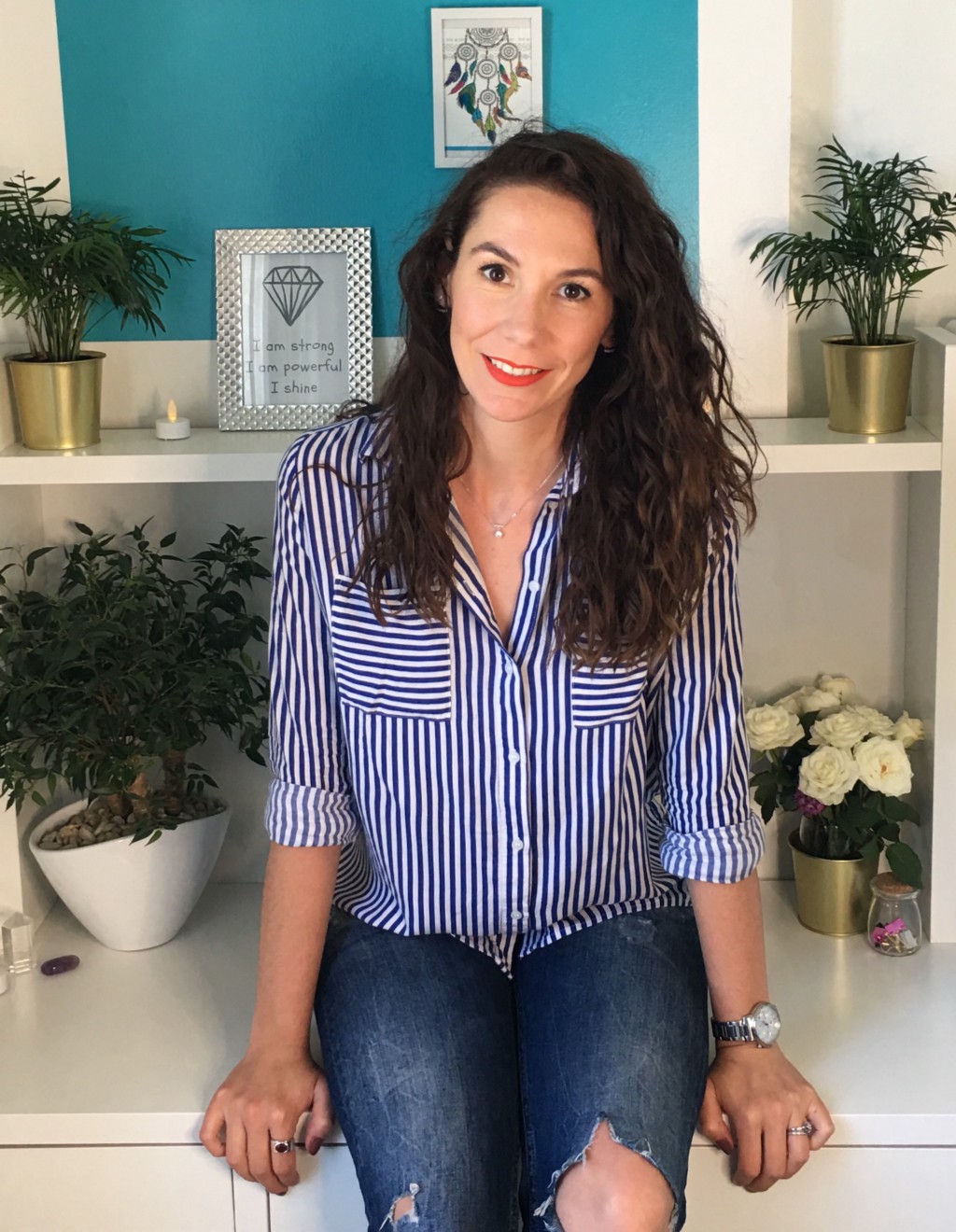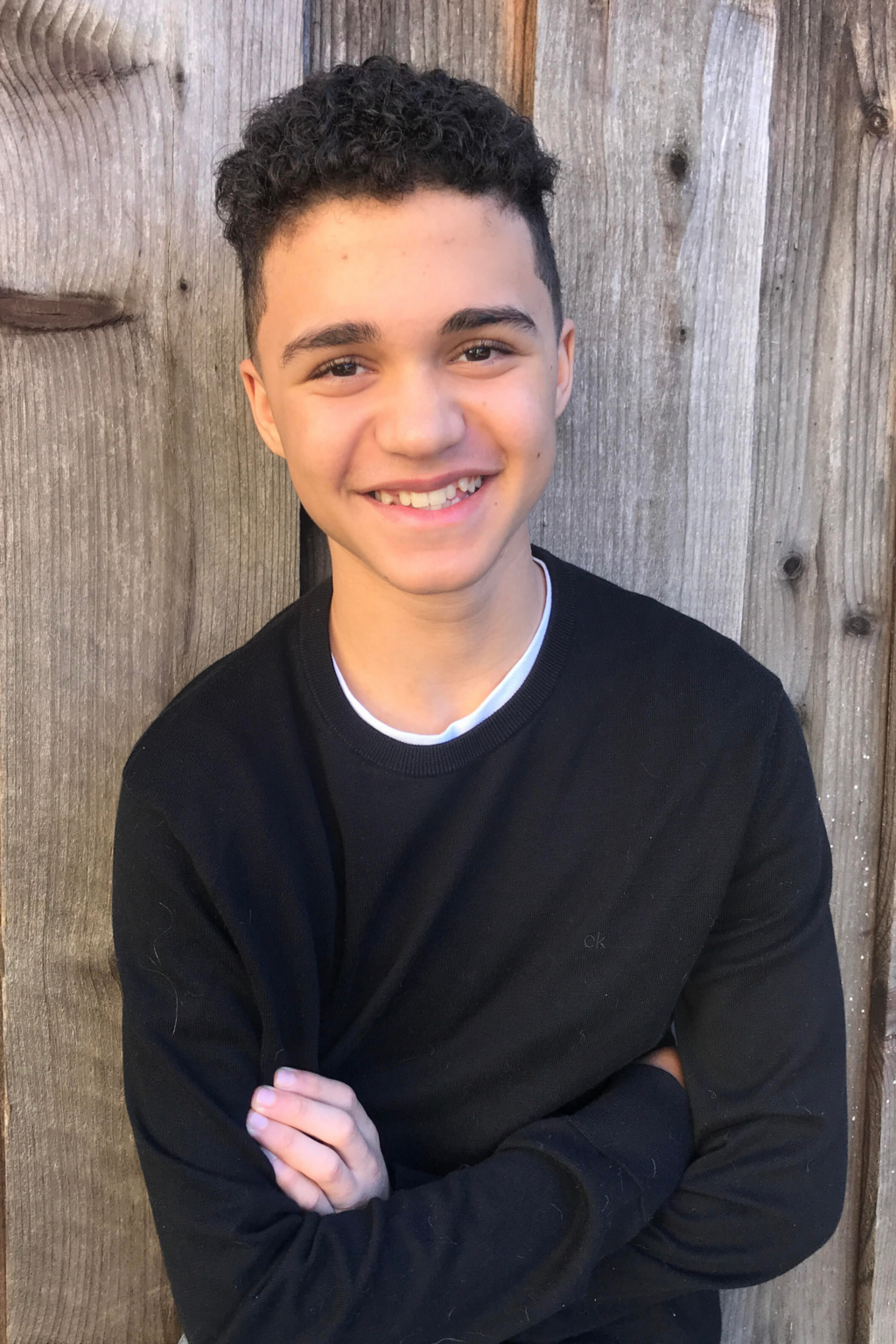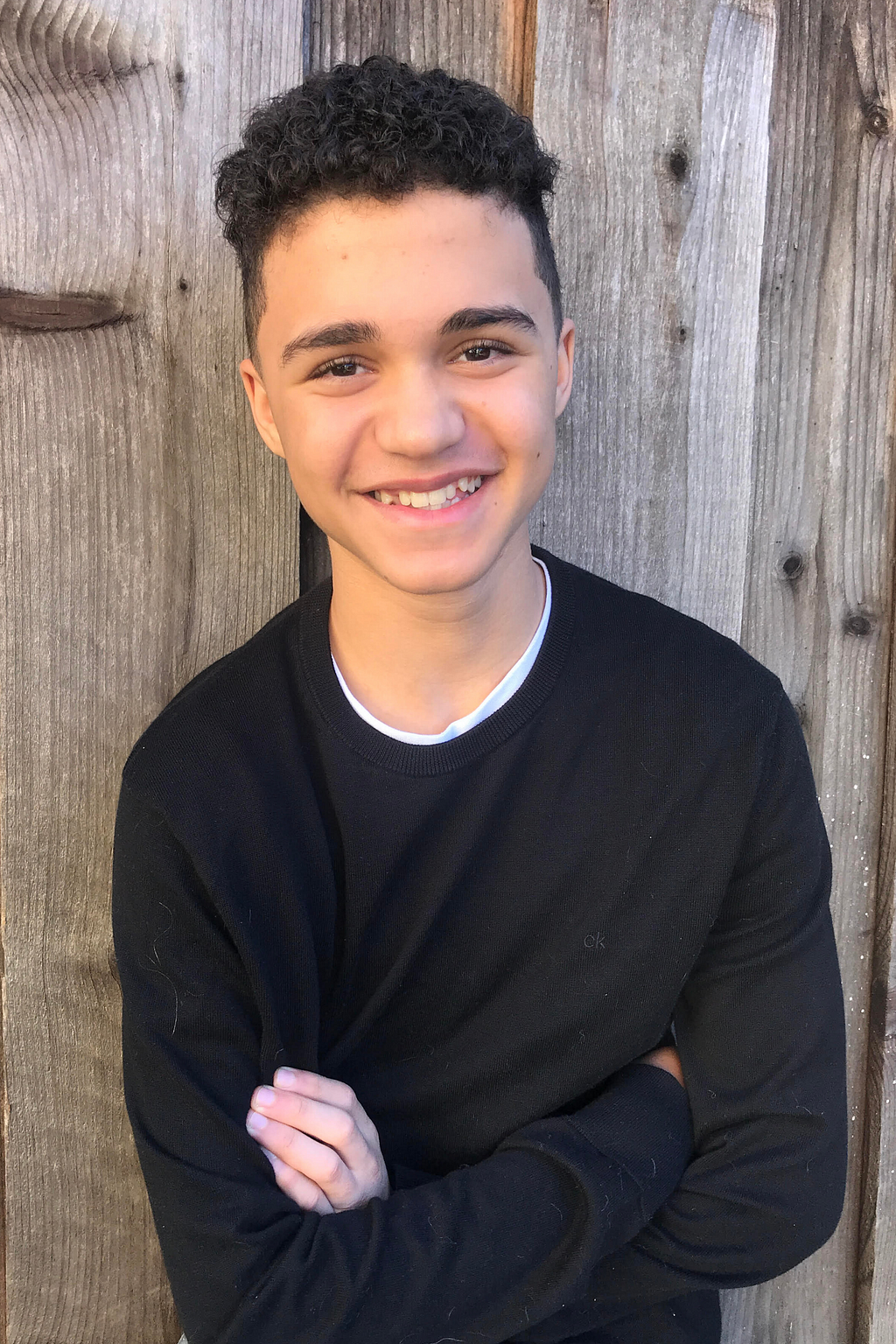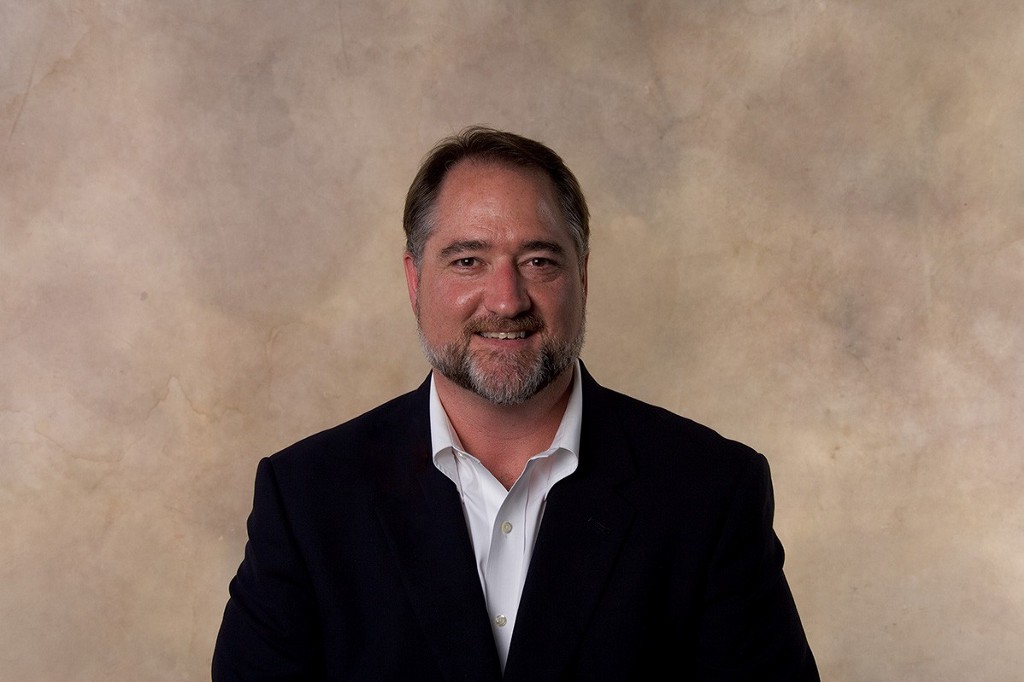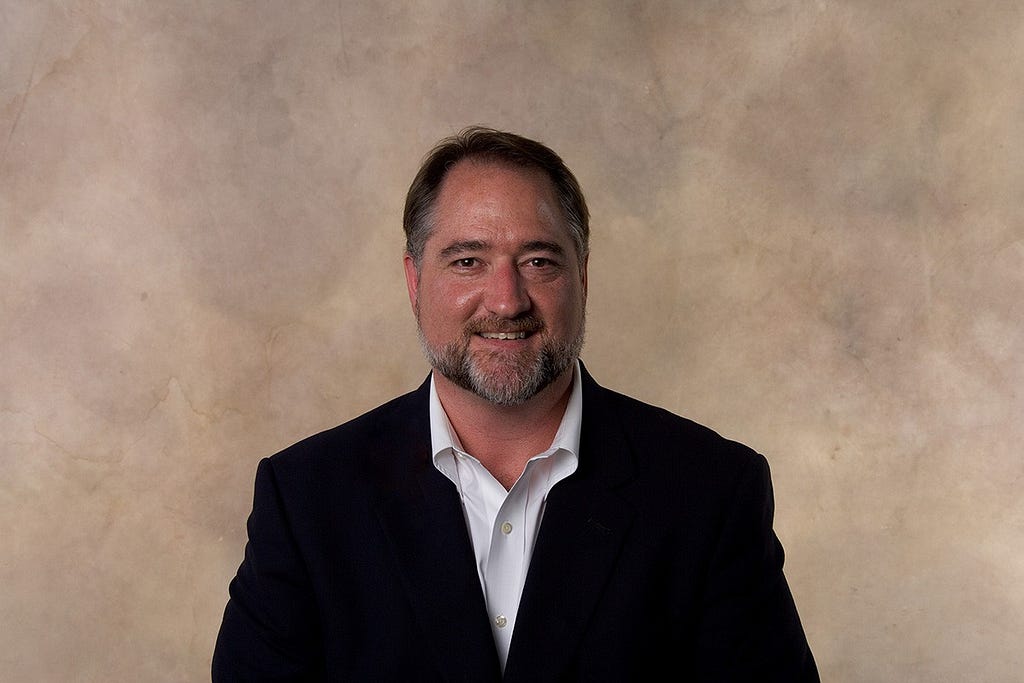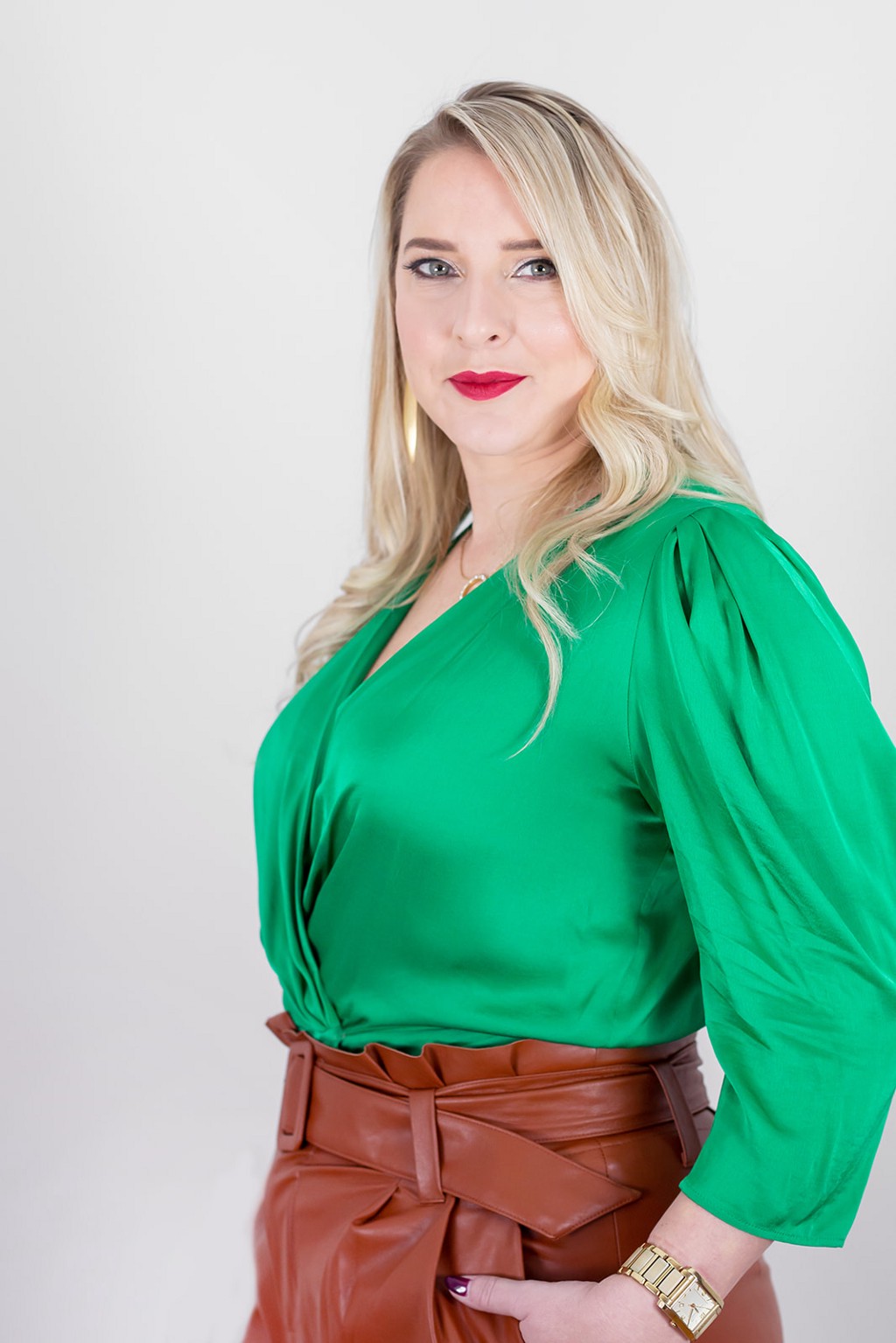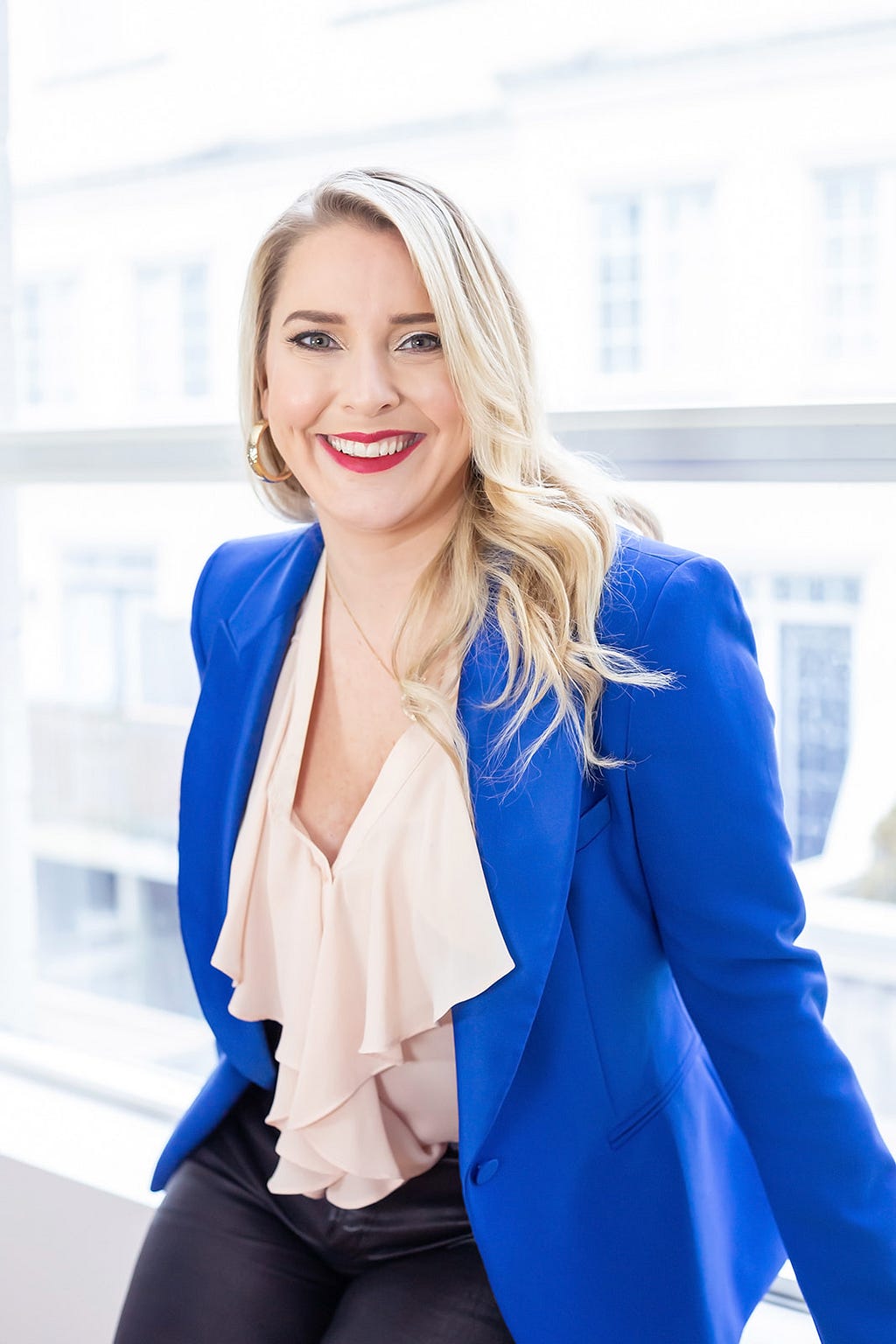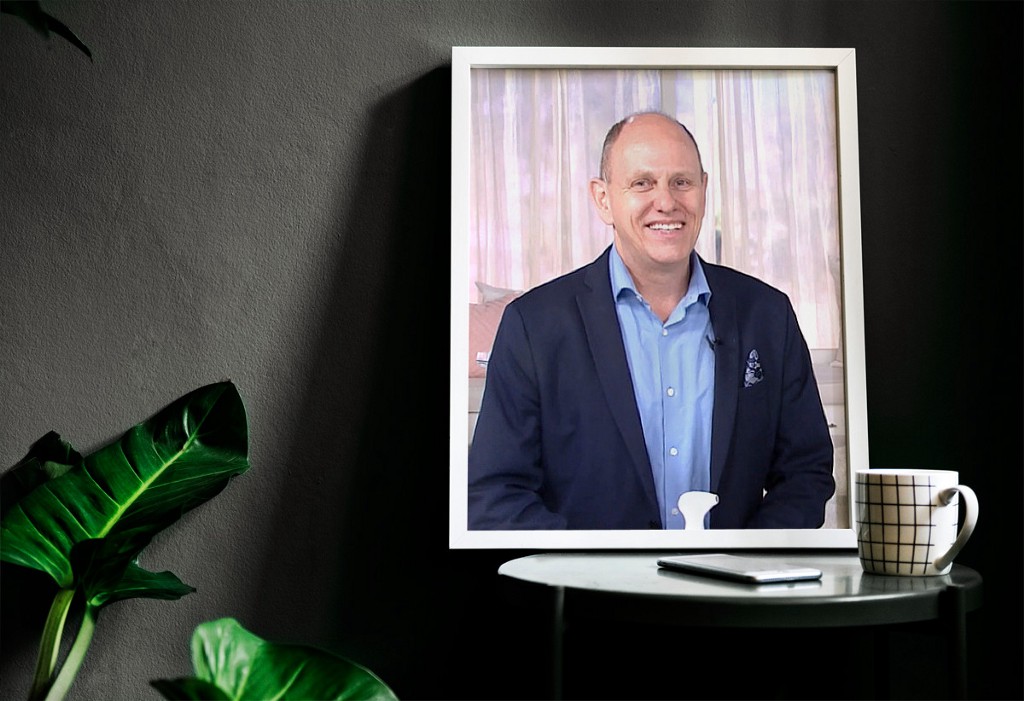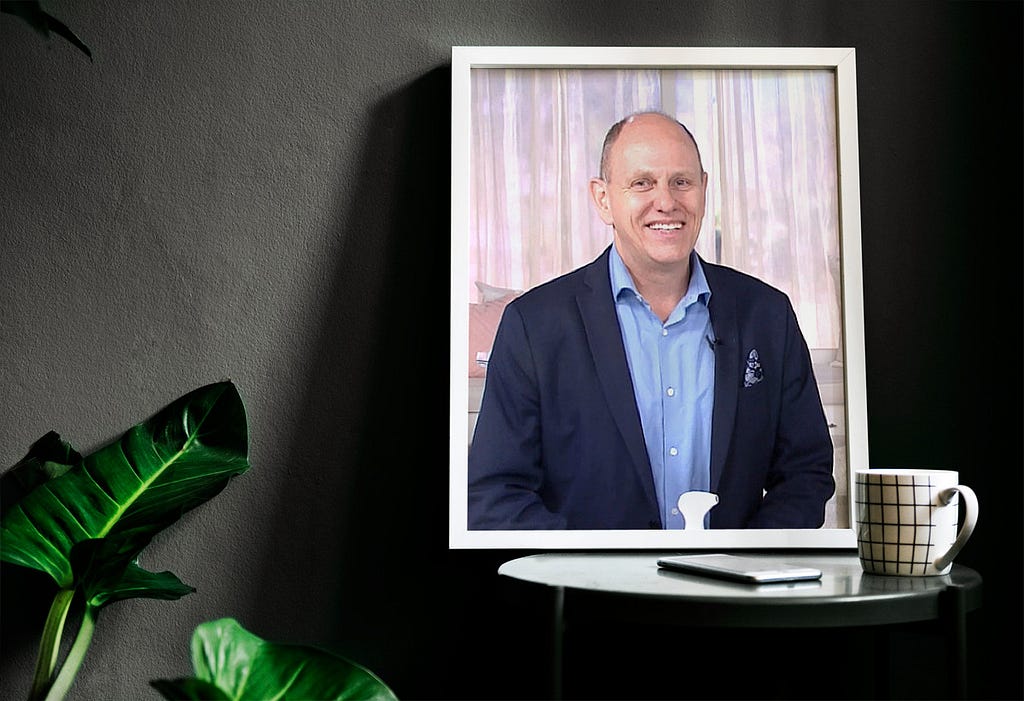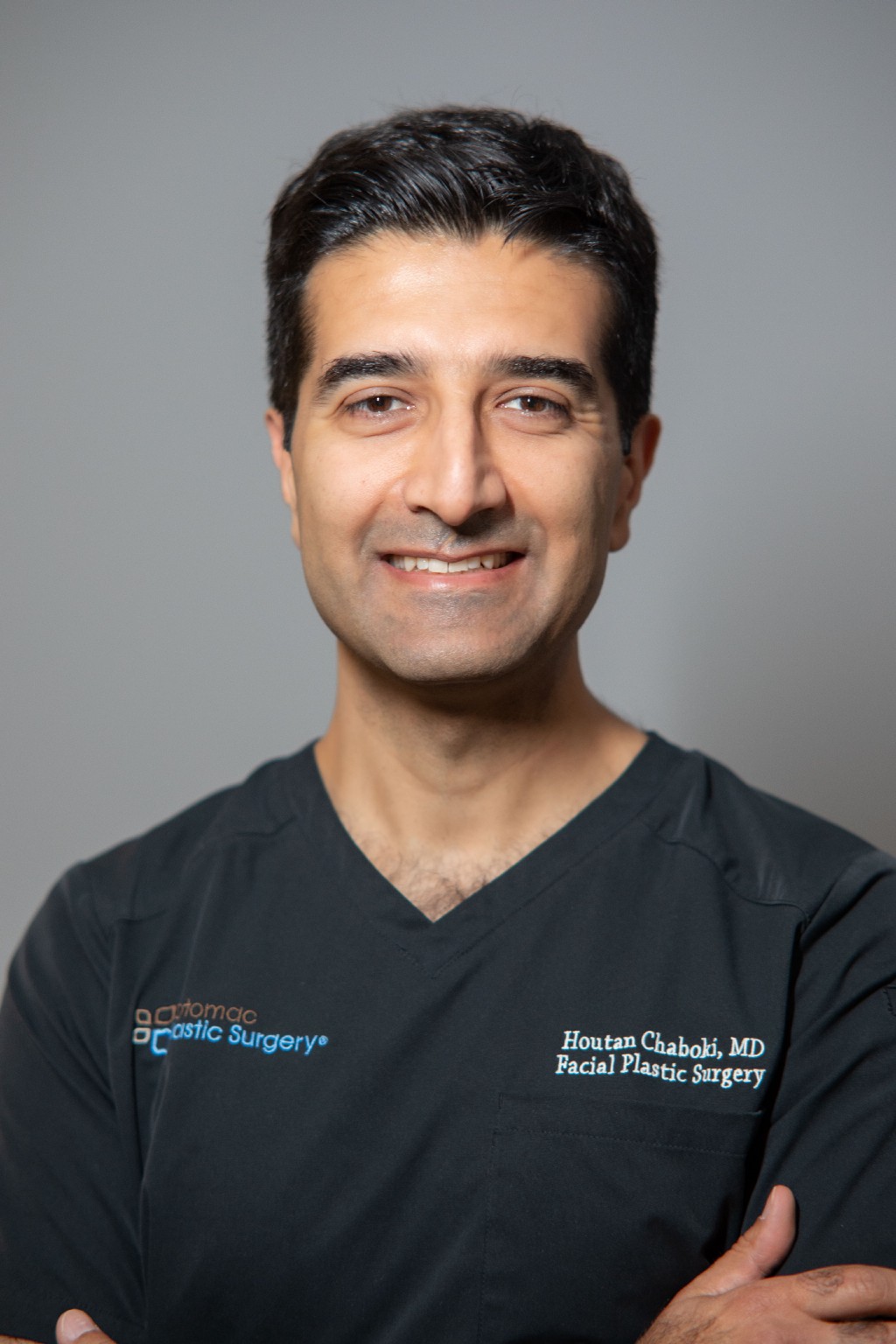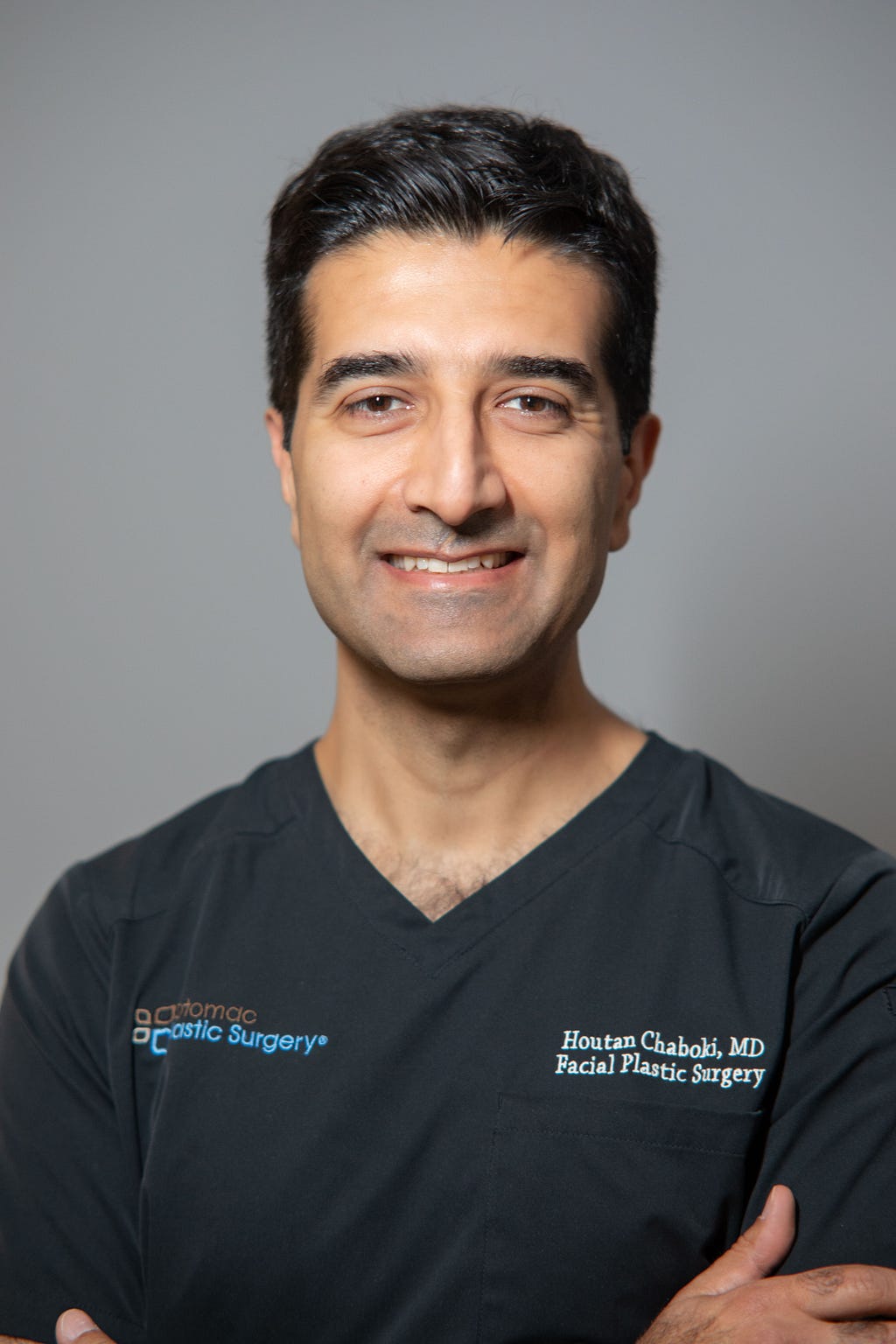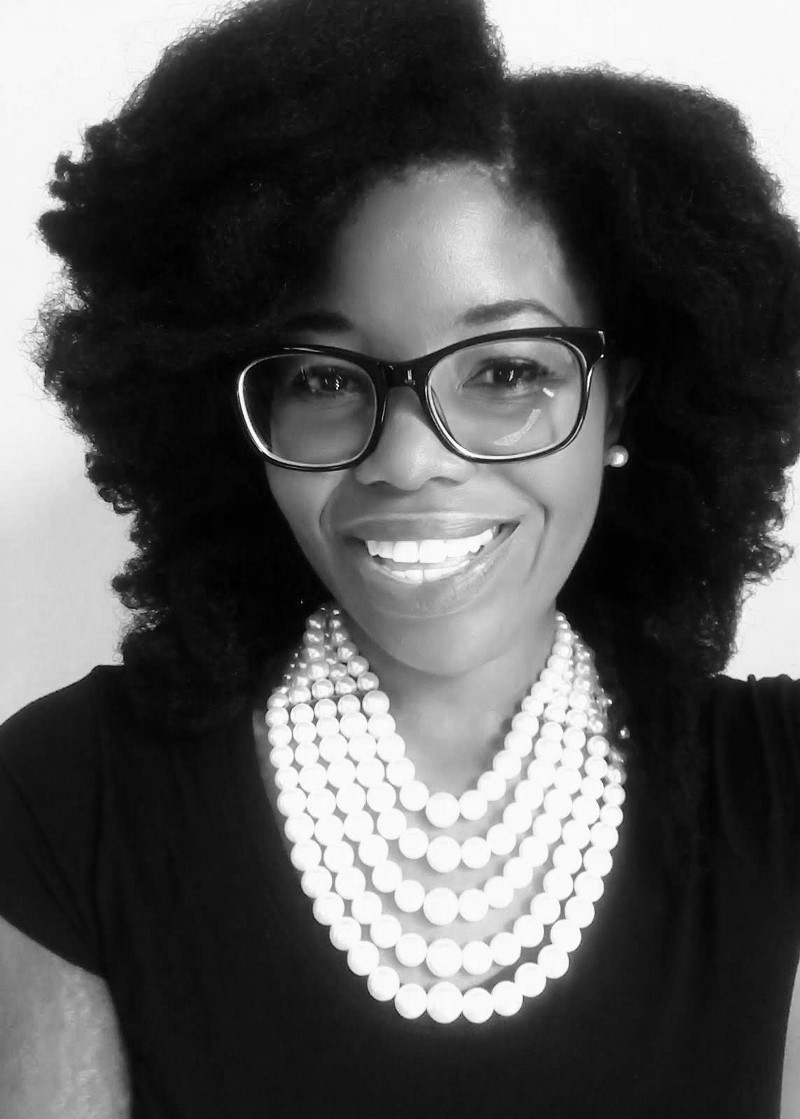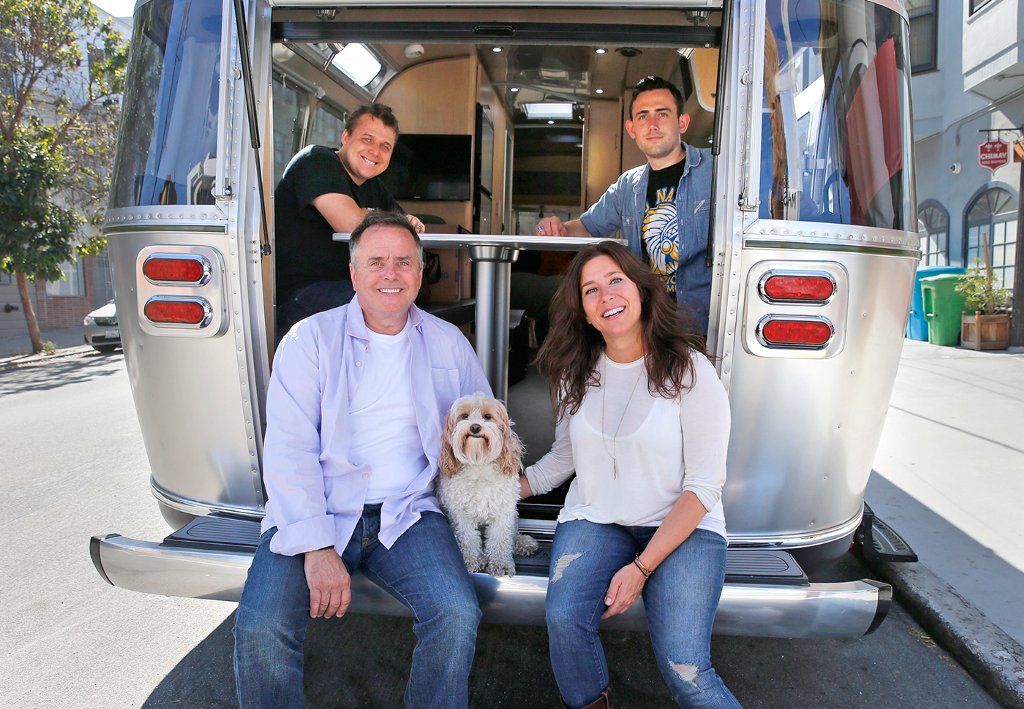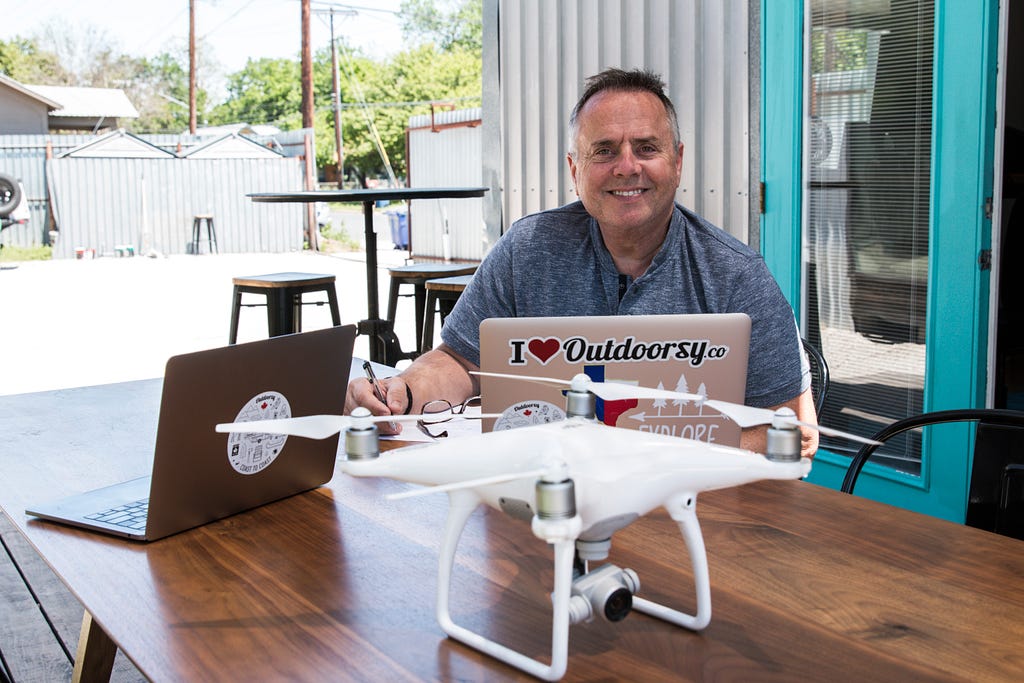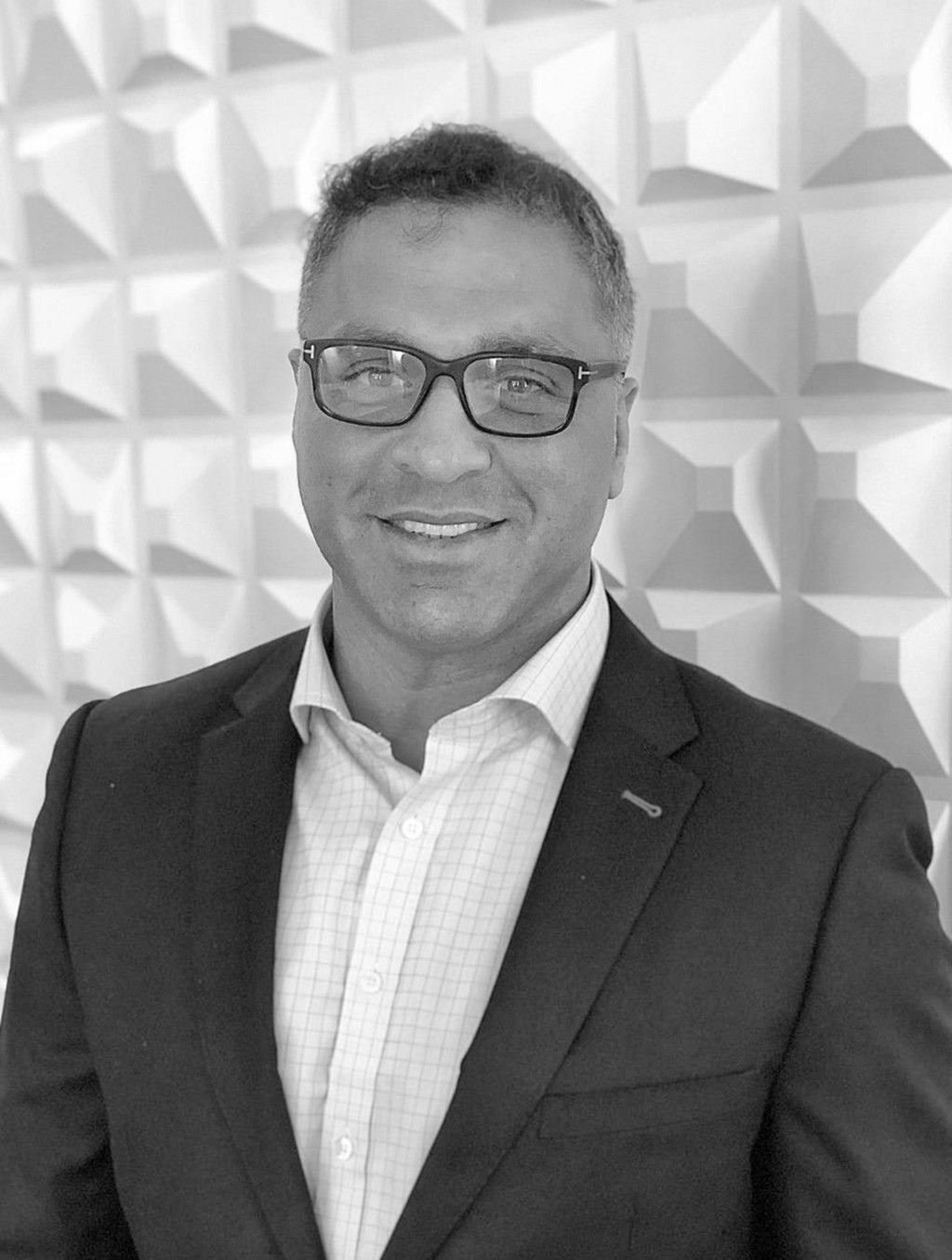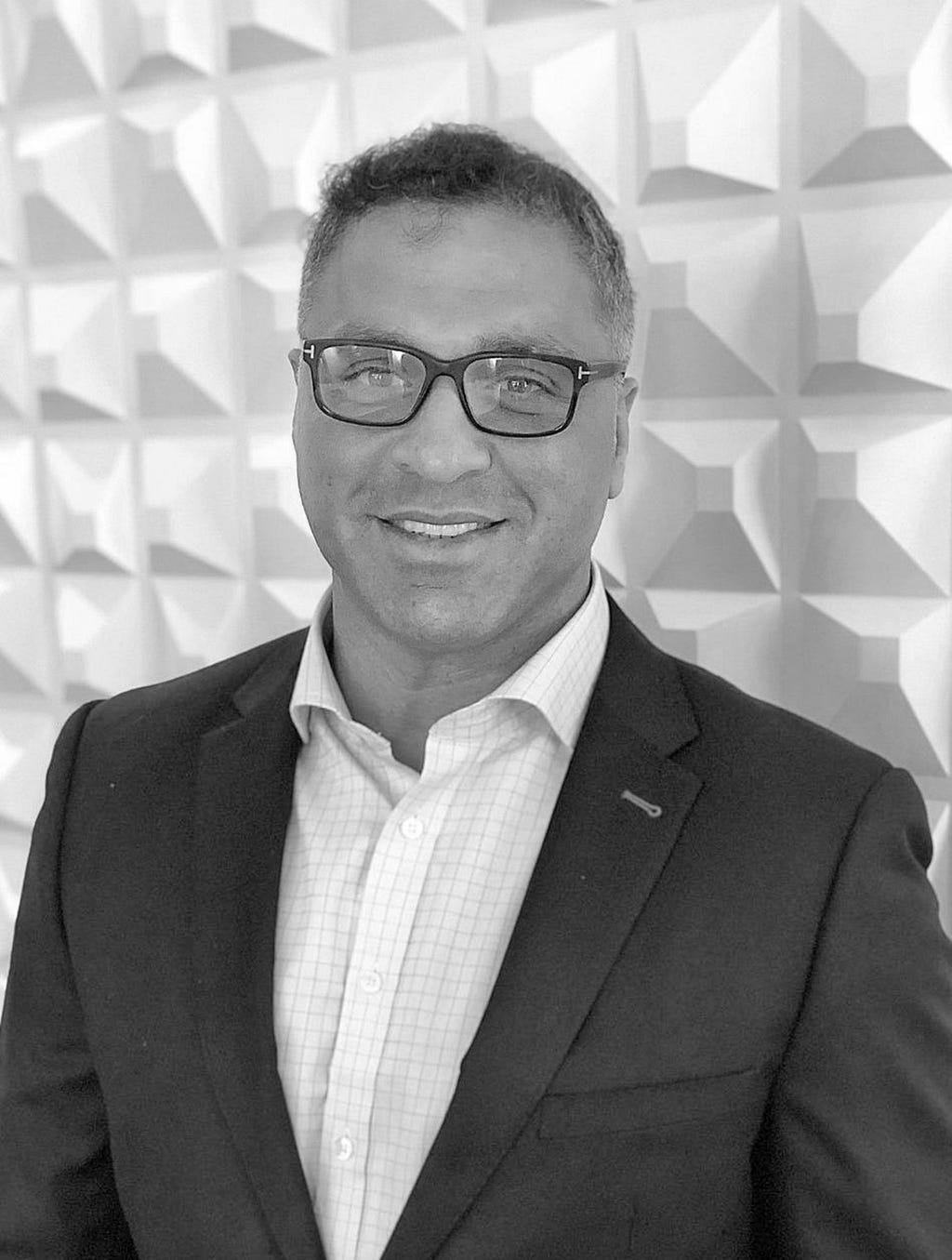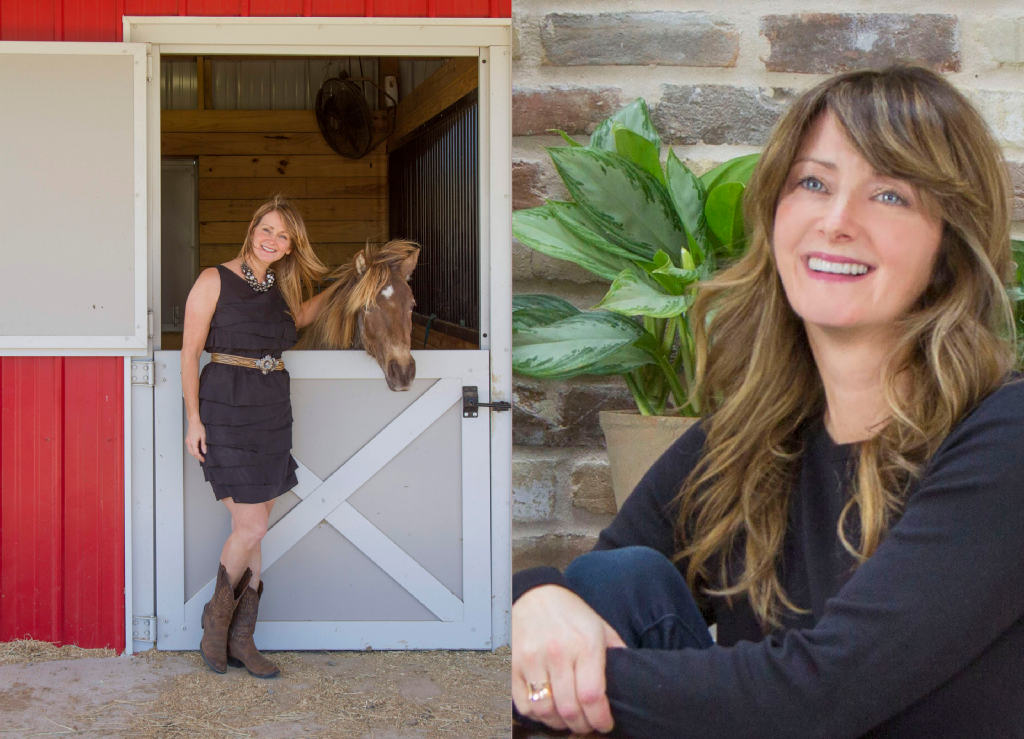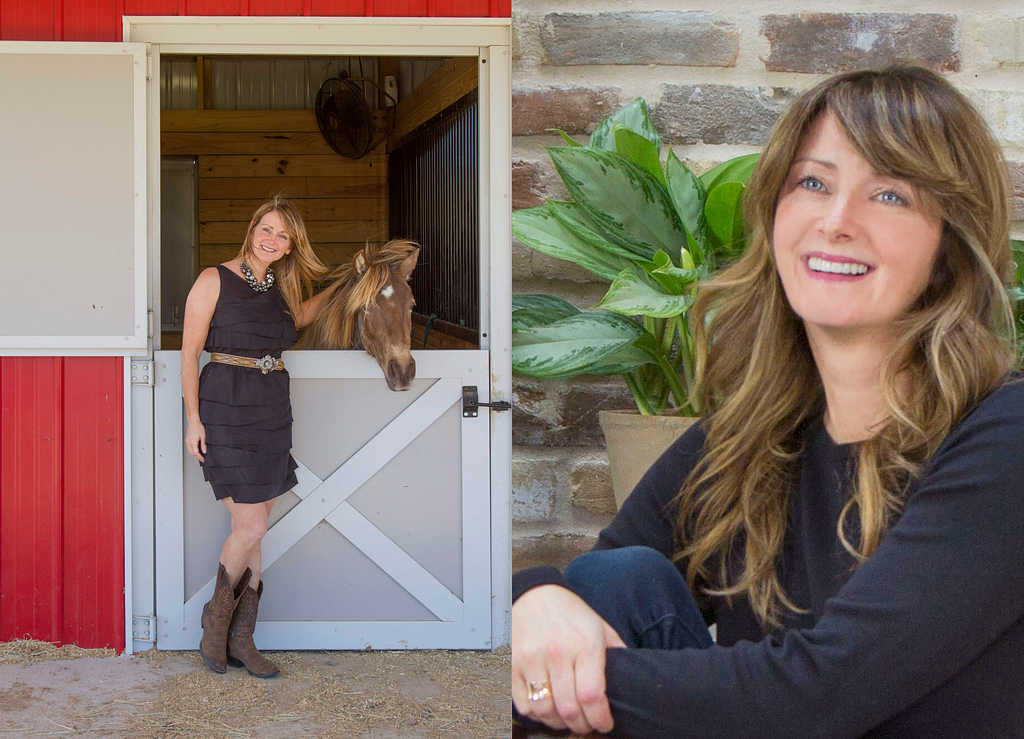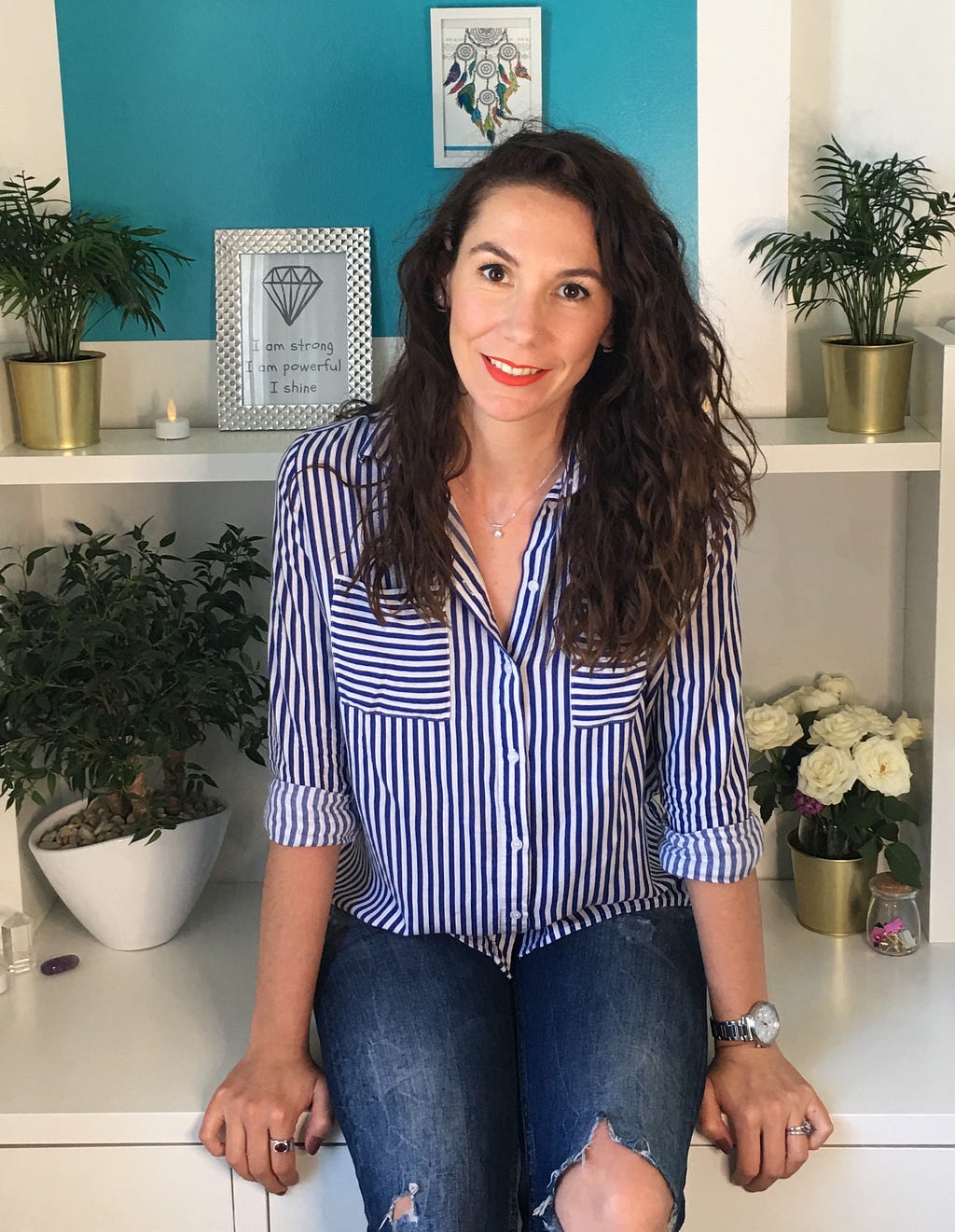
One of the best thing you can do is to get help from somebody who will guide you to grow and achieve your dream faster. I know you are strong and want to do it on your own, but you don’t have to. Its OK to ask for some help from somebody who had already gone through the same road as you are about to.
As a part of our series about “dreamers who ignored the naysayers and did what others said was impossible”, I had the pleasure of interviewing Anita Tilly. She is a personal brand development coach and a business mentor. She works with passionate female entrepreneurs to build a profitable personal brand by finding their voice, uniqueness and leverage the power of storytelling so that they can stand out and be the go to person in their industry. She is the host of The Dreamers to Dreamers Podcast where she is sharing her and other amazing women’s journey with you through weekly episodes and interviews. This is your show to listen if you want all the success, happiness, confidence and passion in your life. Anita’s mission is to help women to see that is possible for them to live in their desired reality and give them tools to realize their vision. The Podcast is very inspirational and filled with knowledge, mindset, strategies, and tips to create your dream life.
Thank you so much for joining us! Our readers would love to ‘get to know you’ a bit better. Can you tell us your ‘backstory’?
As I was growing up in Hungary, I always looked beyond what is possible. Finally, at the time I was 21 years old I left my home and my country to pursue my dreams. It was the best decision of my life. This was the moment when my life has started.
I traveled to several European countries, to America, to India, and I settled down in the Netherlands for a few years. I met my great mentor who guided me to create and run a SPA center. I loved it, it made me happy and I learned a lot. This project was a 6 figures business, so I am very proud of it. Then I realized that this is not my dream I am building. I was very grateful for the opportunity, but I had to move on and start my own entrepreneur journey.
I moved to France with my amazing, best-ever husband and we both become entrepreneurs. I knew that building my own business is in my blood. I was ten when I started my first business project. I created a well-organized plan on how to open and run a vegetable stand that I presented to the mayor of the town. YEP, at ten…… So, I could not ignore who I am. My brain and logic are set to own a business and help others to do the same.
Therefore, now I am helping passionate female coaches and mentors to create a profitable personal brand, finding their voice and using their uniqueness so that they can attract their ideal clients and stand out in their niche by being unapologetically themselves.
Are you working on any new or exciting projects now? How do you think that will help people?
Yes, absolutely! I have just created and launched a new podcast The Dreamers to Dreamers, where I am interviewing amazing women who followed their dreams and started their own business, made their hobbies, their main income stream because they refused to settle for anything less than it all. My mission with this is to reach as many women as possible all around the world and inspire them to believe in themselves and go after their dreams and start to live in their desired reality.
The Dreamers to Dreamers Podcast is very inspirational so it will motivate so many people through real life stories and experiences to stand up and give a leap of faith to themselves. And as an extra, all the episodes are full with knowledge so if they listen in and ready to make the change in their life they are getting actions steps through mindset, strategies, and tips to create their dream life. One step at the time.
In your opinion, what do you think makes your company or organization stand out from the crowd?
I love this question, because this is my gem! I know that my business started to scale when I started to embrace who I am and act from that place. Therefore today, I create content that is empowering because I can be unapologetically myself. And this is the exact thing that I have been teaching to entrepreneurs.
I have seen so many talented people in the online business world and they are looking for another strategy, a better marketing tip, when all they really need is to embrace who they are. They must stop hiding, trying to be somebody else, trying to impress people and be on the safe side by living up to expectations.
Now is the time more than ever that uniqueness is the key to stand out. Finding and enlivening that uniqueness is starting by taking back what is rightfully ours, — OURSELVES — .
When entrepreneurs do that, they will start to use their voice more often, they will gain confidence, which leads to empowering beliefs and actions in their business.
So if you are an entrepreneur and want more visibility and engagement you must embrace the person you want to become and lead with your voice, you should share your story so that you can connect emotionally with your ideal audience and clients.
Ok, thank you for that. I’d like to jump to the main focus of this interview. Has there ever been a time that someone told you something was impossible, but you did it anyway? Can you share the story with us? What was your idea? What was the reaction of the naysayers? And how did you overcome that?
Oh yes, as I mentioned I grew up in Hungary. My family did not have much money and therefore having big dreams was not normal. Finish school, go to work, get married, have children. That’s it. And this is a wonderful life for some. But for me, it felt like if I am captured in a life that is meant for somebody else.
I always had three dreams growing up; 1 Travel and see the world!; 2 Be free by working from where ever I want!; 3 Do what I love!
My dreams had been, and they still are very important to me and I hold them very close to my heart. But when I talked about them to my family or close friends, they told me that I am greedy to wanting more and that I am ungrateful for what I already have or I got the big sad eyes “ Oh poor Anita is dreaming again”. It felt terrible.
I knew if I want more I must look beyond my current situation, and I must take my life into my hands. So, I had two choice, follow my path or stay where I am and be the person, they want me to be. And I said to myself that it is not an option. I meant for more.
I remember a conversation with my mom just a few days before leaving our home and the country. She said to me, why you could not just stay here and get a “normal” life. I said to her “Mom, I love you and I say this with love and respect but why would you ask me to stay and live the same life as you do?! Working days and nights for so little money that is not even enough to go for holiday in summer. You barely see your husband. You can’t wish this type of life for me.” She looked at me and finally understood what I was talking about. She hugged me and said, “fly my little bird and build your own life”.
In the end, how were all the naysayers proven wrong? 🙂
To be honest I don’t think they felt themselves wrong, or they would never admit it. But for me it had never been the goal. I am just a girl with a dream and all I wanted to make that dream to my reality. So now as I am writing this from a coffee place by the sea in France and helping women with extraordinary dreams and passions to build their desired reality and feel comfortable and confident to being themselves. This is my reward. This was my goal all along.
None of us are able to achieve success without some help along the way. Is there a particular person who you are grateful towards who helped get you to where you are? Can you share a story about that?
Absolutely. There are two people who I want to express my thanks to.
First is my amazing husband who was always there for me. He helped me overcome so many negative self-beliefs by having confidence in me and telling me that I can do it. “Everything is going to be ok, just give it a try and I am here to catch you if you fall”. His love and encouragement were a big help along the way.
And the other person is my mom. She is my light. Even in my childhood there were a lot of sadness, she always gave me love and told me that how special I am for may times. I always felt that the love she gave me, made me who I am and now I have enough love inner me for the whole world. This is the love that will take me and many others to unimaginable heights.
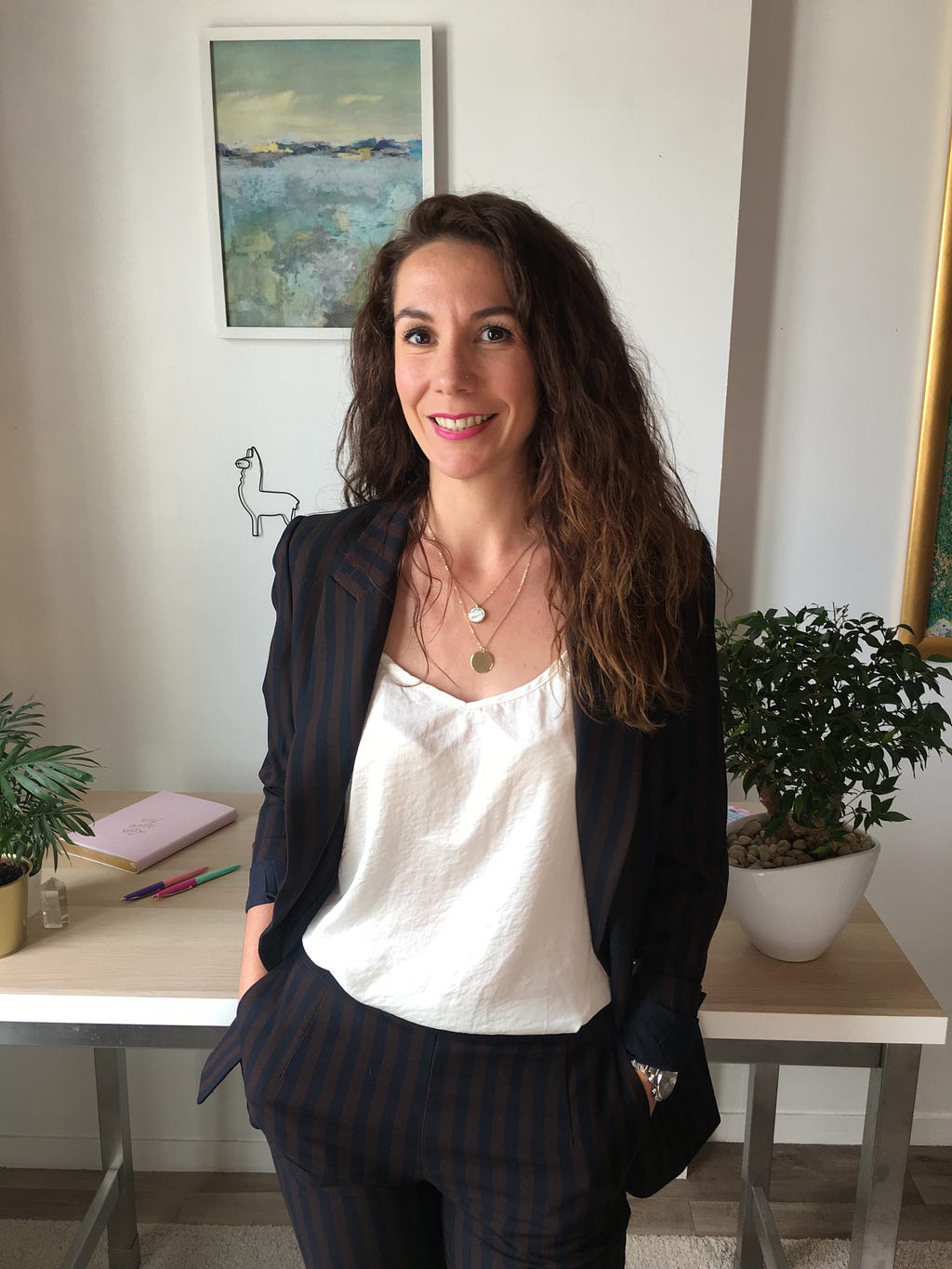
It must not have been easy to ignore all the naysayers. Did you have any experiences growing up that have contributed to building your resiliency? Can you share the story with us?
Going through my memories as a child and young adult I can say that all the negative beliefs that were planted in my mind growing up were very difficult to deal with. I had many challenges that I had to overcome. One of them was to see myself succeed and that all the things I heard, “You are not enough”, “It is not going to work”, “You are not a native English speaker”, “You are losing your time trying and you will end up with nothing!”. These are strong statements and I struggled to let them go and arrive to a point where I don’t see them anymore as my values but as a reflection of those people who have said it. I had to do a lot of self-development, so I have learned Transcendental Meditation and I am practicing it for 10 years till now. This technique helped me to have better understanding who I am and have a deeper connection with myself. I also journal a lot and read positive books.
Today I live my life by the rules that I create, by the vision I have and by the beliefs that I planted in my mind. Because I am not my past, I am not who they thought me to be.
Based on your experience, can you share 5 strategies that people can use to harness the sense of tenacity and do what naysayers think is impossible? (Please share a story or an example for each)
1. Clarity
You must get crystal clear about your vision. It is not enough to have a dream, but you need to take steps to accomplish your goals. So, make some quite moment, take a piece of paper and write out your dream. What do you really want to achieve? Who do you want to become? How do you want your next year to be? Answer those questions because it will shine light onto all the missing pieces, and it will show you what you must do next.
2. Boundaries
You must make sure that you create your own boundaries because you will get influenced by so many people. By choosing your tribe will help you to stay positive and keep believing in your dream.
You must look up to those who caring about your dream and they will support you to step forward.
I know having a vision is an exciting thing, but you have to make sure that you are telling the right people so that you don’t get discouraged!
3. Embrace the person you want to become
During clarity work and setting your boundaries you will start to recognize your voice more and more and this is a very important step because this will help you to gain more confidence and to see your worth. You have to start to believe in yourself because sometimes you will be the only one who believes in yourself and you need that strength to keep going. Which one is my next point.
4. Keep going
Going down on the road of self-discovery and taking steps to realize your dream can be challenging and you never know how far you are from the finish line. So, you just keep believing, learning, growing, evolving, climbing those walls and one day you will realize that you are living your dream. Just never give up. Be flexible and change your actions if is necessary but never stop.
5. Get support
One of the best thing you can do is to get help from somebody who will guide you to grow and achieve your dream faster. I know you are strong and want to do it on your own, but you don’t have to. Its OK to ask for some help from somebody who had already gone through the same road as you are about to. Getting support and having your tribe around you, people who share the same values as you, they will give you more strength and confidence, so never be shy or afraid to ask for some help.
What is your favorite quote or personal philosophy that relates to the concept of resilience?
My very favorite quote is from Erin Hanson
“There is freedom waiting for you,
On the breezes of the sky,
And you ask “What if I fall?”
Oh but my darling,
What if you fly?”
This means everything to me and I look at the part that is tattooed onto my wrist “what if you fly” very often to get some courage.
You are a person of great influence. If you could inspire a movement that would bring the most amount of good for the greatest number of people, what would that be? You never know what your idea can trigger.
Yes, I would love to extend my podcast to wider range to reach more women around the globe. I want them to feel safe, I want them to know that is OK to dream, it is ok to dream big and bold, and that is more than OK to go after their dreams. One step at the time. They must decide to stop hiding and staying in their comfort zone instead see that they are ready. Ready to fly, become a doer and achieve extraordinary things.
Can our readers follow you on social media?
https://www.instagram.com/anitatillybranding/
https://www.facebook.com/AnitaTillyBranding/
Podcast: Dreamers to Dreamers
Thank you for these great stories. We wish you only continued success!
Dreamers: “They told me It was impossible and I did it anyway” With Anita Tilly was originally published in Authority Magazine on Medium, where people are continuing the conversation by highlighting and responding to this story.


